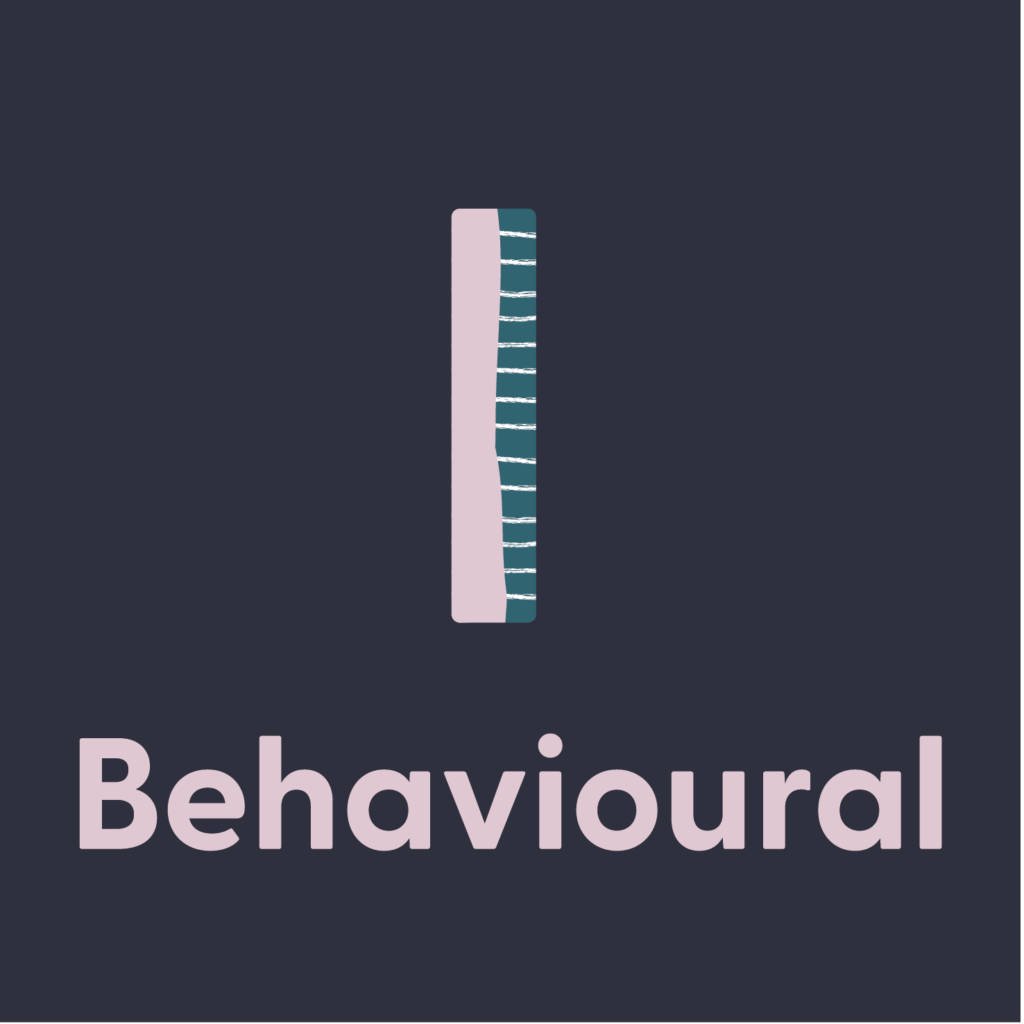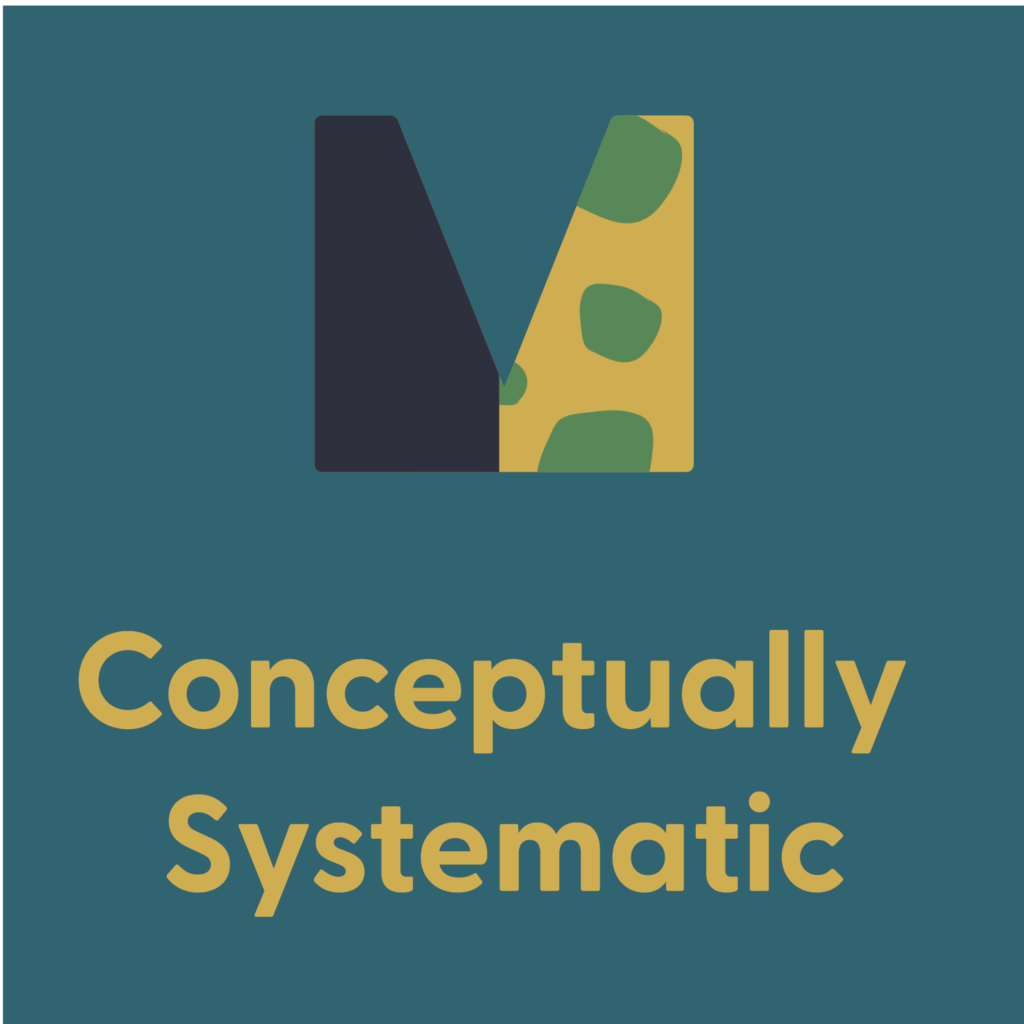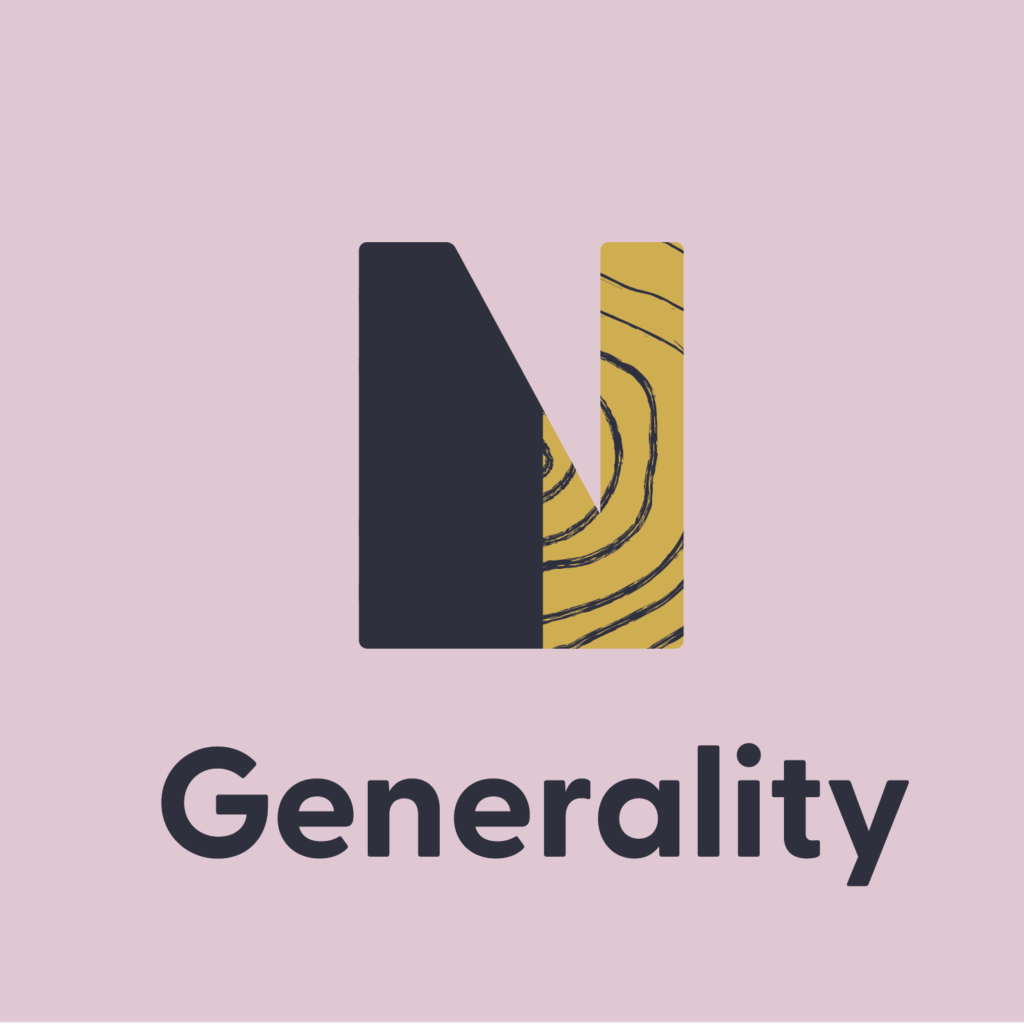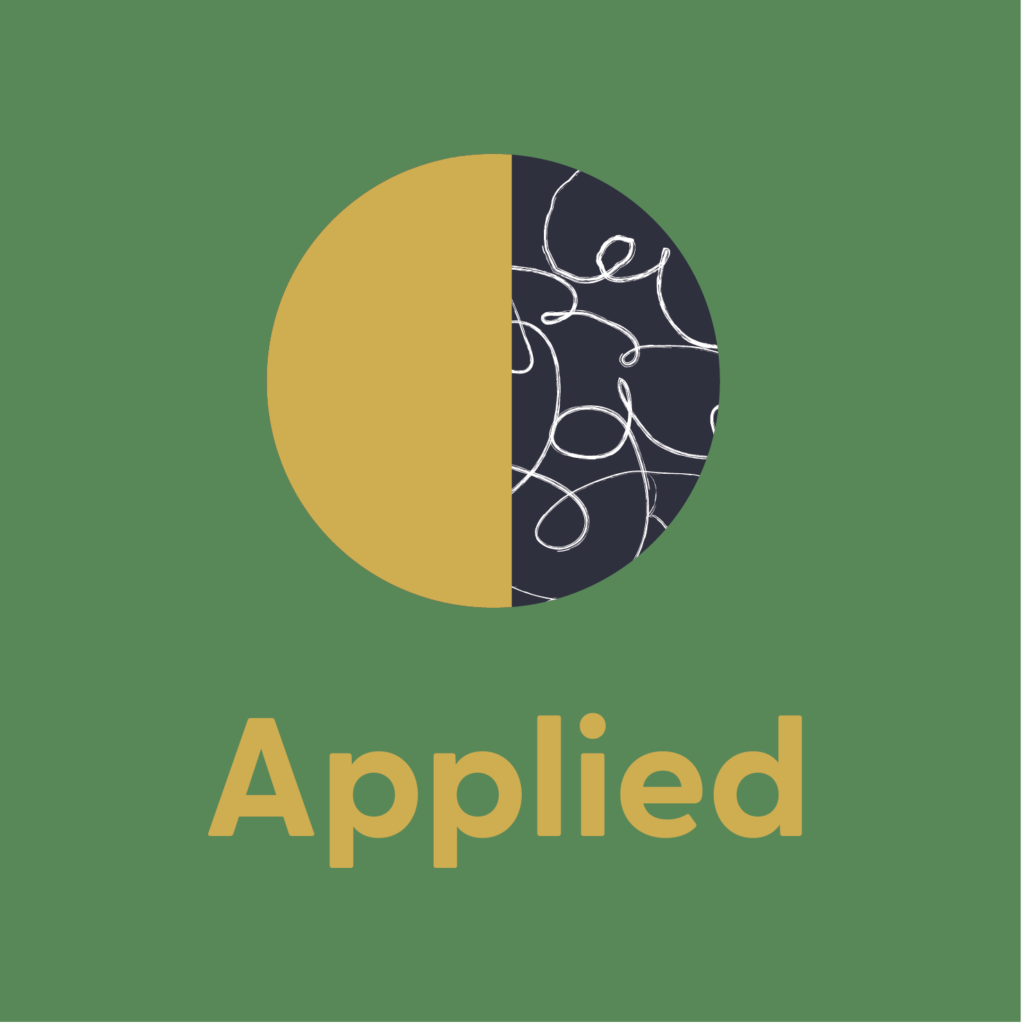What is ABA Therapy?
Applied Behavior Analysis (ABA) therapy is an evidence-based practice that is recognized as the ‘gold standard’ treatment for individuals with Autism Spectrum Disorder (ASD). It teaches a range of behaviors such as communication, social, academic, and daily living skills.ABA therapy
To understand ABA therapy, one must first learn more about the scientific field called behavior analysis. Behavior analysis is the science of learning. Applied behavior analysis, commonly known as ABA, is the application of this science and it is used in therapy to teach socially significant behaviors through the use of rewards and consequences.
Socially significant behaviors include any behavior that positively impacts the individual; these can range from teaching your child to ask for things, to following routines in the classroom; to social skills, such as greeting others or playing with friends.
Evidence-based practice
Individualized therapy plans
Reinforcement based-strategies
Planning and ongoing assessment
Data driven
Systematic prompting strategies
ABA therapy is an evidence-based practice that provides individualized treatment to each child according to their unique strengths and needs. It teaches skills in real life settings such as in-home, clinic, school, and other community- based settings. While the ABA therapist works with your child, data are collected. These data are closely monitored by the BACB to ensure the child is learning and meeting their goals. If some goals are not being met, then the teaching strategies are modified to ensure continued success.
What is the goal of ABA therapy?
The goal of ABA therapy is to increase behaviors that are helpful to the individual and decrease undesirable behaviors that may be harmful or impede learning. In a nutshell, the goal of ABA therapy is for the child to not need us (ABA therapy) anymore.
How is this done?
ABA uses reinforcement or reward systems to teach socially desirable behaviors and new skills to leaners. Conversely, the learner does not receive rewards for behaviors that may cause harm or prevent learning. Rewards can include anything that is meaningful to the individual. For example, praise, stickers, books, access to preferred activities, and more. Positive reinforcement or ‘rewards’ motivate the learner to continue using the skill. In addition to reinforcement, ABA therapy uses prompts or supports to assist learning. Because the goal of ABA therapy is to promote learners’ independence, it systematically decreases the amount of support and rewards provided as the child gains new skills to create meaningful and long-lasting behavior change.
In ABA therapy, we teach skills and decrease challenging behaviors by using a multitude of techniques, some of these include:
Environment
Making modifications in the child’s environment to create a positive change in their behavior. For example, we might simplify a new task, provide prompts, and slowly increase the difficulty of the task as the child becomes more successful. Or, we might change the child’s seating location if they are distracted by looking through the window to increase their ability to attend.
Breaking Down Behavior
We select a complex behavior and break it down into simpler tasks or behaviors, then we teach each simple task to build up to teaching the more complex behavior. Think about brushing teeth – we would teach each step independently until the child can successfully do all the steps without any help.
Reinforcement
We provide lots of reinforcement for what we want to see more of. Think about it, if a friend tells you, ‘I really like that shirt on you,’ then you will be more likely to wear it more frequently. We do the same thing in therapy, except a bit more frequently, and with a bit more density.
Does ABA really work?
-
ABA is considered an evidence-based treatment, meaning that it has passed scientific tests that validate it as an effective, useful, and high quality treatment.
-
Hundreds of studies recognize ABA as the most recommended treatment for autism, and it is endorsed by Autism by the U.S. Surgeon General, the American Academy of Neurology, the American Family of Pediatrics, the American Psychological Association, Autism Society of America, and the National Institute of Child Health and Human Development.
-
Over 27 studies published in peer-reviewed literature since January, 2010 on behavioral interventions for children and adolescents with autism spectrum disorder showed that behavioral interventions are effective for improving language, cognitive abilities, adaptive behavior, and social skills, and reducing anxiety and aggression.
5 cool facts about ABA
Here are are 5 facts about ABA that you need to know about.
Uses measurement
ABA uses measurement to select the behavior that needs to be changed.
Data driven
Data are collected in every session then represented in graphs. The BCBA then analyzes these data to make decisions on whether to continue or modify the program to ensure learning continues to accelerate.
Replacement behaviors
We provide lots of reinforcement for what we want to see more of. Think about it, if a friend tells you, ‘I really like that shirt on you,’ then you will be more likely to wear it more frequently. We do the same thing in therapy, except a bit more frequently, and with a bit more density.
Generalization
ABA can (and should) be implemented in as many places possible – the child’s home, school, childcare, and in the community – doing so will help the child maintain the skills and help generalize their skills across multiple settings and people.
Effective for all
ABA has gained its recognition as the leading treatment for Autism but in reality, it can be used to teach anything to anyone. From teaching communication skills to kids with language delays, to helping individuals quit smoking, to increasing workers’ productivity in the workplace, to increasing the speed of professional players in the basketball court.
Want to know more about our ABA Services?
“If they can’t learn the way we teach, we teach the way they learn.”
– O. Ivar Lovaas
The 7 Dimensions of ABA
The 7 dimensions of ABA are the defining characteristics that guide the practice of behavior analysts in ABA therapy. These include:














